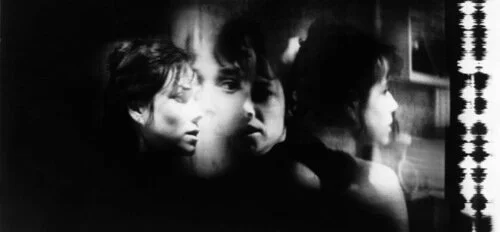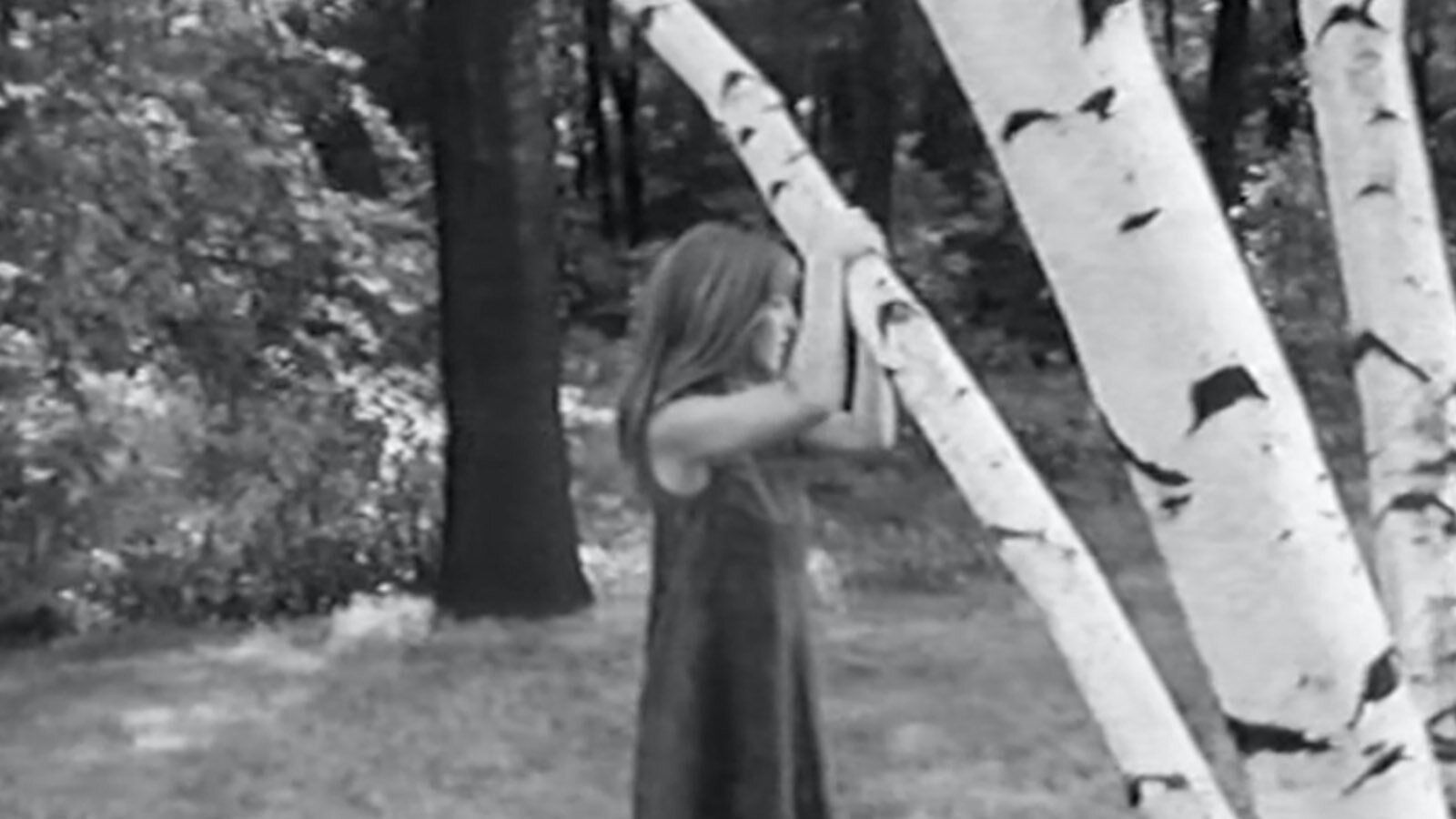THE FILMS OF JAY ROSENBLATT - VOLUME 1
/Jay Rosenblatt is a master practitioner of found footage filmmaking. Working since the 1980s, Rosenblatt’s films uniquely deal with the human condition – incorporating the passage of time, birth and childhood, the experience of personal, family and community space, religious faith and tyranny, mortality and death, and the function of memory in evoking emotional states. Rosenblatt’s films are psychologically gripping, often bringing the spectator to the darker places of the human experience, including fear and anxiety, loss, grief, and mourning.
Read More

















